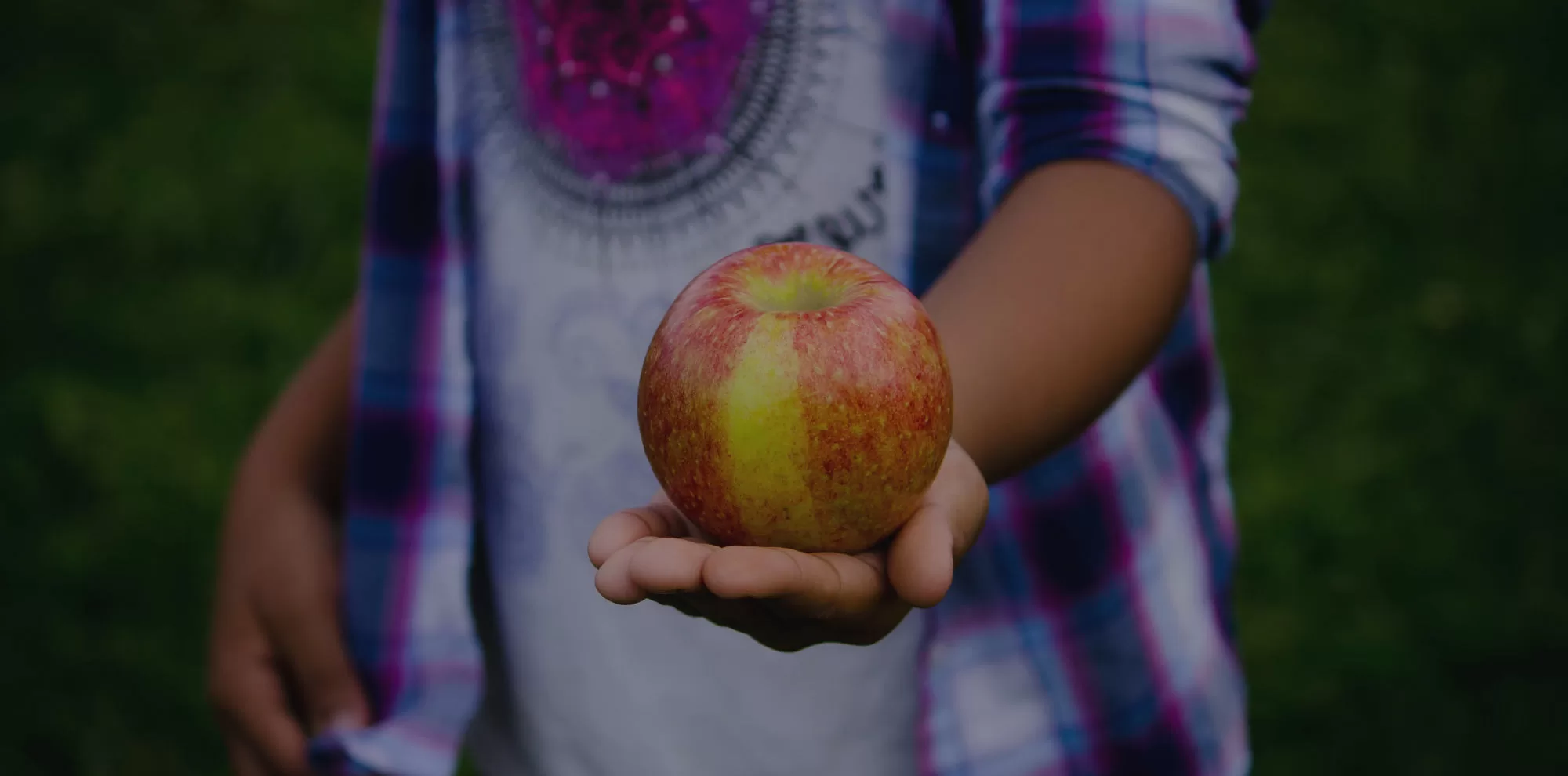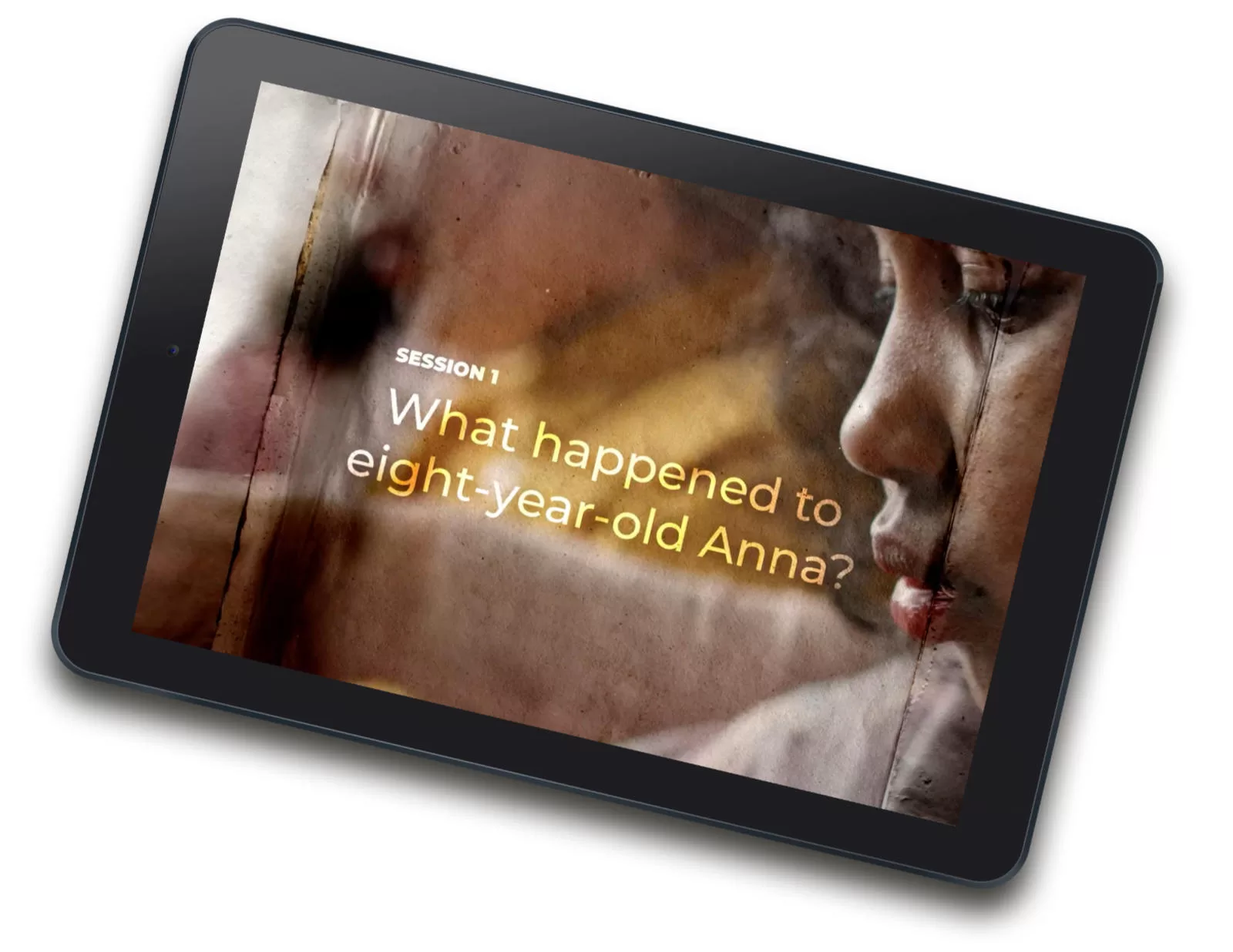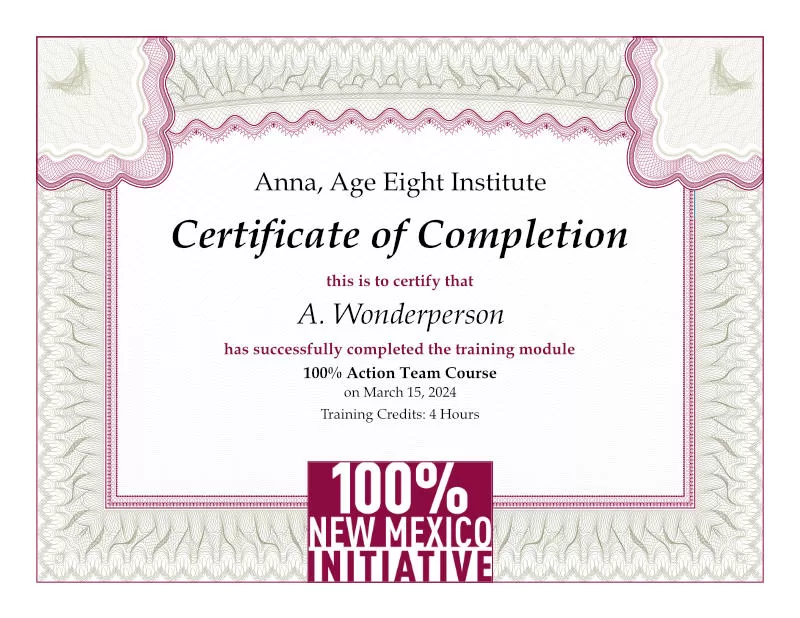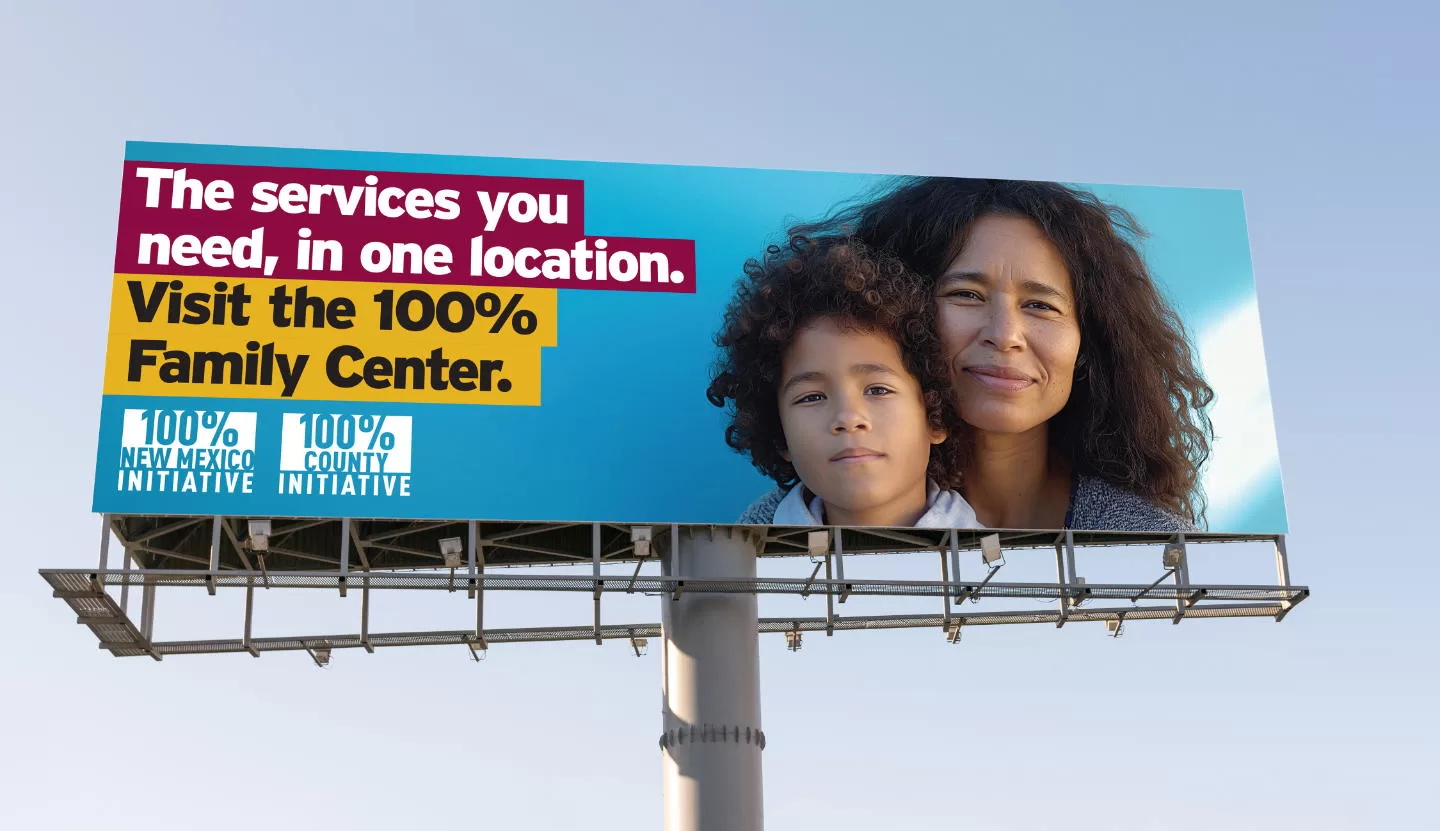
We can address our students’ academic challenges, adversity, trauma, and lack of access to vital services with community schools that ensure ten vital services in one place.
We know the problems and the solution. According to the New Mexico Department of Health BRFSS Survey, one in four New Mexicans will endure four or more adverse childhood experiences (ACEs), most commonly being emotional abuse, physical abuse, and children living in households where adults endure substance use disorders. This means elementary school teachers are looking at their 25 students, knowing a quarter are enduring, or will endure, adversity, abuse, and neglect that diminishes their capacity to learn.
We must stop pretending our students aren’t suffering.
We have set up our teachers and students to fail amid an epidemic of ACEs. The book Anna, Age Eight illustrates the daily challenges our students endure. Kindergarteners can arrive at school hungry, unable to focus. Third graders living with moms with untreated mental health challenges can be anxious. Seventh graders can sit dazed in class, after a beating the night before by a violent dad. High school students can sit listlessly in class after class, suffering from a history of ACEs-related trauma that began in first grade. Students and their families struggle each day, lacking the resources to heal. That can change with community schools and the 100% Family Center.

The first five years in school set up all the rest.
We are sponsoring the Community Schools for 100% project to provide every school with the resources to become community schools in order to improve academic achievement by having the services to address epidemic rates of adverse childhood experiences. We must address some very uncomfortable truths to understand why community schools are vital to creating a New Mexico where every student thrives. Before we explore the various definitions of community schools, let’s talk about the goal of school and the needs to students.
We know children arrive at kindergarten already having endured abuse and neglect. Students may endure years of ACEs while attending school without being asked, “Are you okay at home?” We fully appreciate the complexity of school staff calling child welfare to address a student’s suspected maltreatment.
A community school can address the collision of two challenges.
We know many schools don’t have the staff to help students and their families as they endure two interconnected challenges: adverse childhood experiences and adverse social determinants of health. As written in Anna, Age Eight, and David, Age 14, the social determinants of health are the vital services, such as health care and safe, affordable housing, that determine one’s health, safety, education, and overall quality of life. As our local 100% New Mexico initiative is working to transform the adverse social determinants of health into positive ones by ensuring ten vital services, the role of the public school as a community center and service hub becomes clear.
Addressing achievement gaps means addressing ACEs.
Much is written about New Mexico’s opportunity gaps and achievement gaps, along with data on low math and reading scores and graduation rates, and college enrollment rates. While much can be done to address academic and cultural challenges through traditional education processes, students will fall behind unless we help each school address adverse childhood experiences, trauma, and social adversity.
We applaud those educators and academic institutions seeking to address historical challenges with students’ academic success. We strongly support addressing racism, classism, and injustice. To that end, we propose a vital component to any school reform work that addresses all the root causes of students’ failure to thrive in school. We boldly propose that each school be fully resourced to become a community school with a school-based health center.
Thriving in school requires thriving at home.
Students will have the best opportunity to thrive in school only if they can thrive in their families and community, which means partnerships between the sectors of education, medical care, behavioral health care, food security, housing security, transportation, parent supports, early childhood learning, mentorship, and job training. The community school model was designed to link all these service sectors, transforming schools into student and family empowerment and service hubs.
The Community Schools for 100% project is part of the county-wide 100% New Mexico initiative. The initiative is a county-focused capacity-building process headed by local stakeholders identifying barriers to vital services and ensuring easy and timely access for all students and their family members. The community school model can change an under-resourced school into a fully-resourced learning environment with all the services to address adverse childhood experiences (ACEs) and social adversity.
Finding many models with one goal: 100% of students thrive.
The community school model has decades of research to support its implementation. The Community Schools Revolution by BlankIra, Harkavy, Quinn, Villarreal, and Goodman provides every educator, parent, and student with the reasons for community schools and how to create them. As the authors state so clearly, the community school represents a philosophy that includes schools as centers for learning, community connections, and celebrating cultures. While there are several community school models to choose from, the model promoted by the initiative as a community school, has the following components that would be developed with community partners in an iterative process once the community schools director was hired:
- A full-time community schools director
- Resourced with sustainable funding to be an academic and community activity center
- Students and families engaged in service learning and social engagement
- Funding for staffing and an environment serving as a one-stop service hub that offers student and their families a place to find support and access ten vital services for surviving and thriving
- A school-based health center with medical, dental, and behavioral health care (aligned with local health services)
- Service hub staff trained as navigators to link students and families to local services or connect them with onsite web-based services
- Service hub staff trained to provide an up-to-date and fact-checked services directory
- Providing hub visitors with access to the internet
- Service hub staff trained to partner with local organizations to be trauma-informed and address adverse childhood experiences
- Service hub staff with the capacity to provide ongoing workshops, webinars, and events for the entire school community to support academic achievement, job readiness, and cultural diversity
It’s important to note that the New Mexico State Department of Education has a specific definition to describe what a community school is. All states have their own definitions. What’s important as we develop community schools is ensuring that all students and their families have access to the ten vital services to surviving and thriving.
To locate a school-based health center in New Mexico, often a key partner with community schools, visit the SBHC Directory and Map.
Healthy students do better.
We include school-based health care centers, fully staffed with medical and mental health care providers, in our community schools model because of epidemic rates of adverse childhood experiences among our student population. School-based health centers can be designed to align with local healthcare agencies to avoid duplication of services. The health centers also serve as vital resources during public health crises.
A community school is an empowered environment.
As the community schools remove barriers to vital services, the entire school community is empowered. Students get the support they need to achieve academically. Educators can focus on teaching and learning while local providers meet health and safety needs. Local providers get a base to connect with students and family members, linking them to the services they can benefit from. Each community school has an environment welcoming all family members. A community school creates a space within the school that says to students, parents, caregivers, and the entire school community, “Welcome. How might we help you?” Community schools acknowledge the digital divide and ensure internet access for students and parents to provide access to web-based services, academic support, and public health information.
There is a calculable return on investment.
The return on investment in the community school model arrives in the form of successful students and self-sufficient families that feel a sense of empowerment and care within the community school. From decades of research focused on the social determinants of health, we can see that investing in vital services improves the health, safety, and economic outcomes of all students and parents.
Community schools are part of local economic development.
We can see how investing in the model gives each county the best opportunity to support job readiness and a productive workforce. Community schools go upstream, preventing challenges before they start. There is no easier place for students and their families to access services than the school. With vital services supporting a healthy learning environment, our community schools have a crucial role in public health, public education, and economic development.
We can fund 100% of Schools to be community schools.
Funding formulas exist for community schools, including state, county, and city government investments. There are as many funding formulas as there are community schools. It all starts with a vision, and from there, the resources are identified with support from education leaders, community partners, and the local 100% New Mexico initiative. As anthropologist Dr. Margaret Mead wisely said, “Never doubt that a small group of thoughtful, committed individuals can change the world. In fact, it’s the only thing that ever has.”
Once funded, the community schools director, working with school, district, city, and county leadership, identifies and secures sustainable funding. The healthcare and private sectors can also be engaged to support various elements of a community school.
Unveiling our project: 100% of schools as community schools.
Community schools will become an integral part of every town and city, part of our comprehensive 100% New Mexico initiative that ensures ten vital services for 100% of families. The truth is simple. We know the challenges and how to fix them. All that’s lacking is the buy-in to make the health, safety, and education of 100% of New Mexico’s children and students the number one priority of New Mexico.
Did you know? Our transformational 100% New Mexico initiative is guided by web-based, self-paced courses provided free to all New Mexicans.



